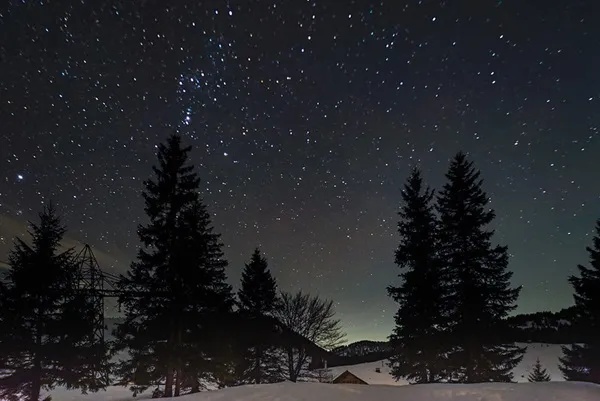The Omani Astronomical Society has provided an explanation regarding the upcoming winter solstice phenomenon. It is set to occur on Friday, December 22, 2023, marking the first day of winter astronomically in the northern hemisphere.
This phenomenon will take place at 7:27 am Sultanate of Oman time, resulting in the longest night of the year in 2023.
Ibrahim bin Muhammad Al-Mahrooqi, Vice President of the Omani Astronomical Society, stated that December 22, 2023, will be characterized by a short day and the longest night. In Muscat, the sun will rise at 6:45 am and set at 5:25 pm MCT. The duration of daylight will be 10 hours, 40 minutes, and 46 seconds. This marks the beginning of winter, which will last for 88 days, 23 hours, and 39 minutes.
Al-Mahrooqi further explained that the winter solstice is an astronomical event caused by the tilt of the Earth's axis and its movement in orbit around the sun. Due to this tilt, the northern and southern hemispheres of the Earth exchange places to receive sunlight, rather than the distance between the Earth and the sun being the determining factor.
He clarified that the occurrence of summer and winter is not solely dependent on the proximity or distance of the Earth from the Sun. During the winter solstice, the Sun reaches its southernmost point in the sky, causing the North Pole to tilt away from the sun.
Additionally, Al-Mahrooqi highlighted that not all locations experience sunrise and sunset on the day of the winter solstice. This is particularly true north of the Polar Circle, where the Sun remains below the horizon throughout the day. Similarly, in the Antarctic Circle, there will be no observable sunrise or sunset as the sun remains above the horizon all day, resulting in the phenomenon known as the midnight Sun.













